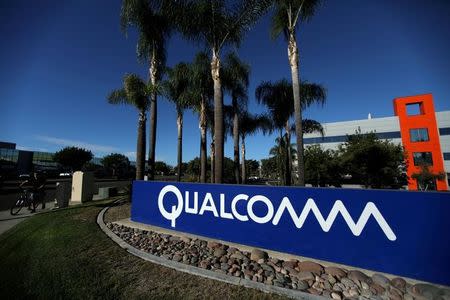Now this is an excellent article. Trade war or not it is not China fault for the decline in American living standard Trumph better off appointing excellent Science and Technical adviser instead of listening to China basher like Navarro
No more cathode ray tubes from China, says Trump Administration
A 58-page list of Chinese imports that will be subject to a 25% tariff, mainly old-economy staples, has been released by the US Trade Representative
By
JUNE 15, 2018 11:55 PM (UTC+8)
The US Trade Representative just released a
Chinese imports that will be subject to a tariff of 25%, and it reads like something fished out of a time capsule buried in the 1950s.
President Donald Trump declared today that “the United States can no longer tolerate losing our technology and intellectual property through unfair trade practices.” As a remedy, his trade team fixed their sights on such Chinese exports as video monitors with cathode ray tubes, dishwashers, bulldozers, motorcycles, locomotives, as well as “black and white or other monochrome video projectors.” Cathode ray tubes disappeared from the market when plasma screens became available. Plasma screens aren’t on the tariff list, presumably because Americans wouldn’t like to pay more for the product.
The list doesn’t mention popular consumer items like smartphones, computers, and so forth which make up the lion’s share of Chinese exports to the US. Trump gets high marks for drawing attention to an urgent problem, namely the erosion of America’s technological edge, but his team has given him an ineffective policy.
The Trade Representative’s statement released on Friday morning states: “On May 29, 2018, President Trump stated that USTR shall announce by June 15 the imposition of an additional duty of 25% on approximately $50 billion worth of Chinese imports containing industrially significant technologies, including those related to China’s ‘Made in China 2025’ industrial policy. [Friday’s] action comes after an exhaustive Section 301 investigation in which USTR found that China’s acts, policies and practices related to technology transfer, intellectual property, and innovation are unreasonable and discriminatory, and burden US commerce.”
The actual list of items subject to tariffs has little if anything to do with China’s industrial policy. It looks more like a symbolic than a substantive action, an “Art of the Deal” opening salvo for negotiations.
Tariffs are not a particularly effective instrument of trade policy when it comes to China. The chart below appeared in this publication on May 6 (“
”), but bears a secondlook.
There are some high-tech items on the list, but as
reported last April when the preliminary list appeared, “More than 200 products on the list saw no US imports last year, including large aircraft and communication satellites, while some categories were highly unlikely to ever be imported, such as artillery weapons.”
The overwhelming majority of products slated for tariffs are old-economy staples, ranging from steel pipes to industrial chemicals to glass-molding equipment
The overwhelming majority of products slated for tariffs are old-economy staples, ranging from steel pipes to industrial chemicals to glass-molding equipment.
As the Trade Representative’s office noted in its Section 301 investigation, the Chinese government leans on foreign companies operating in China to transfer technology in return for access to the Chinese market. No law or regulation is involved, and no American companies wanted to go on the record for fear of offending their Chinese hosts. No law or regulation is involved; the quid-pro-quo of market access in return for know-how is the subject of quiet insinuation rather than overt arm-twisting.
China also buys a great deal of technology from the United States and pays for it in the form of royalties and licenses. Although China runs a trade surplus of about $360 billion with the US, the US runs a services surplus of about $100 billion with China. China steals a lot of technology, but it pays for a lot of technology as well.
It is unclear what the Trump Administration expects to happen next. “Made in China 2025” is the core of China’s economic strategy, shifting from old-economy, low-value-added industries to high tech. China has committed vast resources to building a domestic semiconductor industry, hoping to replace a large part of its $260 billion a year in chip imports. The Trump Administration doesn’t like that. Imposing tariffs on old-tech industries, though, is like busting your neighbor’s mailbox because you think he’s poaching your wi-fi signal. One action is incommensurate with the other and leads to tit-for-tat responses that always end badly.
The United States can penalize China as much as it wants; the sad fact remains that American investment in high-tech manufacturing has dried to a trickle during the past 10 years. The National Venture Capital Association’s data are shown in the chart below.
Whether China uses fair means or foul to catch up with America in key technologies, it will do so eventually, just as America and Germany caught up with Britain at the turn of the 20th century. Trump doesn’t need an aggressive trade negotiator as much as he needs a visionary science and technology adviser. Yet Trump has yet to appoint a director of the White House Office of Science and Technology. That, rather than trade policy, is the greater concern.






